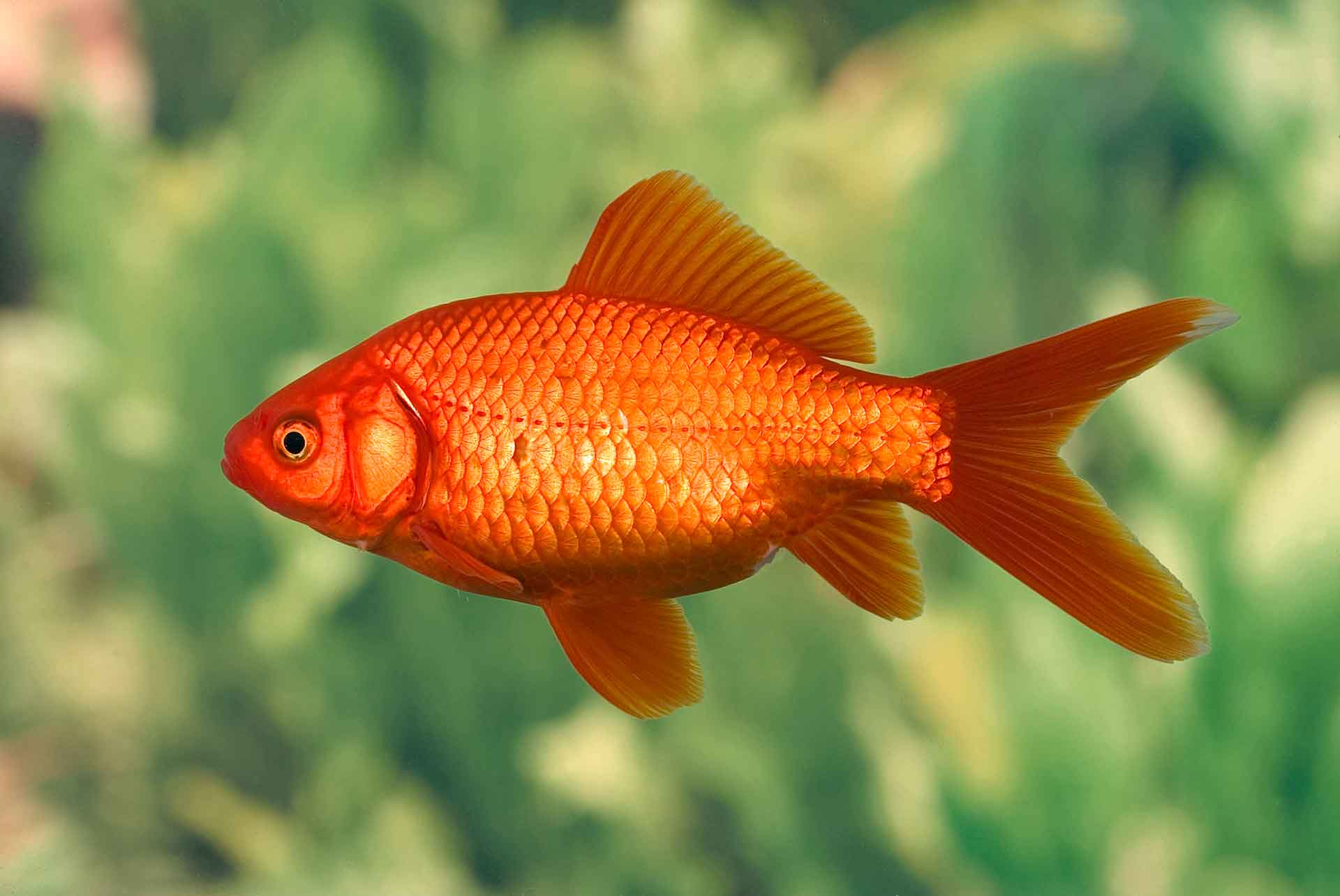Understanding Apex Predators: Who Reigns at the Top of the Food Chain?
Introduction: Decoding the Food Chain’s Summit
The concept of the food chain is fundamental to understanding how life on Earth is organized. At the pinnacle of this chain are the apex predators -creatures that have no natural predators and serve as the final destination for energy flow in their ecosystems. But what does it truly mean to be at the top of the food chain, and why does it matter? This article explores the science, the real-world implications, and actionable ways to deepen your understanding of these remarkable organisms.
What Defines an Apex Predator?
An apex predator, also known as a top predator or superpredator, is a species that sits at the highest trophic level in its ecosystem. These animals are not preyed upon as adults in their natural habitats, and their dominance is critical for ecological stability [1] . Apex predators include lions, tigers, wolves, killer whales, great white sharks, and large crocodilians among others [3] . Notably, this status is not just about size or strength, but about an organism’s role in regulating the population and health of species below them in the food web.

Source: ar.inspiredpencil.com
How Apex Predators Shape Ecosystems
The presence of apex predators is essential for maintaining the balance of ecosystems. By preying on herbivores and smaller predators, they prevent overgrazing and overpopulation, which in turn protects plant life and maintains biodiversity [2] . For example, in regions where wolves have been reintroduced, scientists observed a healthier balance of deer populations and a resurgence of vegetation. This phenomenon, known as a trophic cascade, highlights the profound impact apex predators have on the environment.
Consider the African savannah: Lions and other big cats control populations of large herbivores. If lions are removed, herbivore numbers can balloon, leading to overgrazing and habitat degradation. The ripple effect can harm everything from insects to birds and plants [2] .
Examples of Apex Predators Around the World
Apex predators vary by habitat and geography. Here are notable examples:
- Lions and tigers : Iconic apex predators in African and Asian ecosystems.
- Wolves : Top carnivores in many northern hemisphere forests and tundras.
- Killer whales (orcas): The supreme predators of the ocean, known to hunt sharks and even large whales.
- Great white sharks and tiger sharks : The dominant marine hunters in many coastal regions.
- Saltwater crocodiles : The world’s largest living reptiles, unmatched in their aquatic habitats [5] .
Each ecosystem may have its own apex predator, and sometimes, these roles shift as environments and food webs change over time.
Human Beings: The Complex Apex Predator
Humans are often considered “global apex predators” due to our ability to hunt, alter habitats, and influence food webs on a massive scale [1] . However, unlike other apex predators, our role comes with unique responsibilities. Our actions have led to the decline or extinction of other apex species, which can destabilize entire ecosystems.
For those interested in the human impact on food chains, resources are available through major conservation organizations. You can learn more by searching for programs at the World Wildlife Fund, the International Union for Conservation of Nature, or the U.S. Fish and Wildlife Service. These agencies offer educational materials and opportunities to participate in conservation efforts.
Accessing More Information and Getting Involved
If you’re eager to learn more about apex predators and their ecological roles, consider the following actionable steps:
- Use Reputable Resources : For in-depth scientific explanations, visit established educational platforms like Britannica’s apex predator entry [3] . These sources offer regularly updated, peer-reviewed content.
- Watch Documentaries and Educational Videos : Platforms such as YouTube host educational series by verified science educators. For example, Mr. J’s “Apex Predators | Ecosystems” video explains both the science and real-world examples of apex predators [4] .
- Participate in Citizen Science : Many wildlife organizations run citizen science projects where you can help gather data on top predators in your area. Search for “citizen science apex predator projects” through reputable organizations like the National Park Service or your local wildlife agency.
- Support Conservation Efforts : Consider supporting or volunteering with organizations that focus on protecting apex predators and their habitats. The World Wildlife Fund and The Wildlife Conservation Society provide trusted avenues for involvement.
- Educational Programs : Many zoos, aquariums, and museums offer educational programs about apex predators. Check the official websites of such institutions in your region for event calendars and learning materials.
If you are a student or teacher, curriculum-aligned lesson plans about food chains and apex predators are often available through your state’s Department of Education website or through national curriculum resources. Search for “apex predator lesson plan” along with your state or school board’s name.

Source: walmart.com
Challenges Faced by Apex Predators
Despite their dominance, apex predators face numerous threats-primarily from human activity. Habitat loss, poaching, climate change, and pollution have caused many top predators to become endangered or extinct. The loss of an apex predator can trigger ecological imbalances, leading to overpopulation of prey species, destruction of plant life, and the collapse of ecosystems [2] .
To address these challenges, conservationists employ a range of strategies, including habitat protection, anti-poaching efforts, and rewilding programs. For those interested in contributing to these efforts, search for local or international conservation organizations and inquire about volunteer opportunities, donation programs, or educational campaigns. Always use official organization names and verify their legitimacy before getting involved.
Alternative Approaches to Studying Food Chains
Food chains are complex, often interwoven into broader food webs. While apex predators stand at the top, some ecosystems feature unique dynamics. For example, scavengers like vultures may sometimes occupy a prominent ecological role, influencing the distribution of nutrients [3] . In aquatic systems, apex roles can shift between sharks, orcas, and even large groupers depending on local conditions.
To study local food webs, consider reaching out to your state or regional Department of Natural Resources or local universities with ecology departments. Many offer public seminars, open-access research, and field learning opportunities.
Key Takeaways and Next Steps
Understanding who is at the top of the food chain illuminates the intricate balance of life on Earth. Apex predators play a non-negotiable role in maintaining ecological health, biodiversity, and the resilience of natural systems. Whether you’re a student, educator, or nature enthusiast, practical steps toward learning and contributing are accessible through reputable organizations, educational resources, and local initiatives. Always seek out information from verified, authoritative sources, and consider getting involved in conservation efforts to help protect these vital species for generations to come.
References
- [1] Wikipedia (2024). Apex predator overview and ecological role.
- [2] Lions Tigers & Bears (2024). The role of apex predators in ecosystems.
- [3] Britannica (2025). Apex predator: Definition, examples, and facts.
- [4] YouTube (2020). Apex Predators | Ecosystems educational video.
- [5] HowStuffWorks (2025). List of global apex predators.



